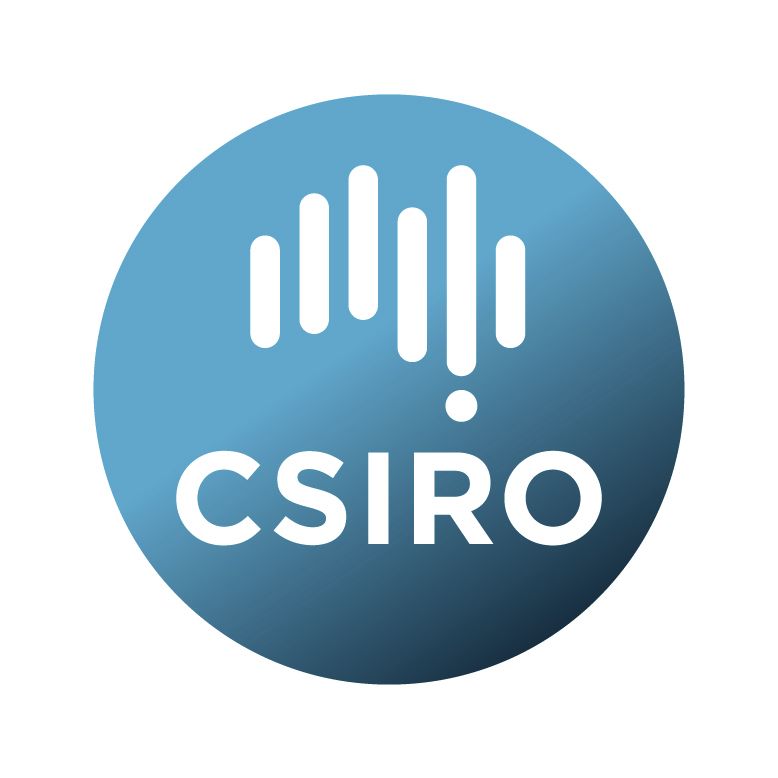Brief description
The dataset contains information on coral larval density in the water column and coral spat settlement, in the two weeks following coral spawning.The data were collected in 2021 and 2022. In 2021, 12 sampling stations were set up in the Capricorn Bunker Group at Heron Reef (6 stations), Wistari Reef (4 stations) and Sykes Reef (2 stations). At each station, following coral spawning, daily plankton tows were performed from a boat using a 200 micron net to capture coral larvae, and the larvae were then sorted from the net contents under stereo microscope. A flow meter was used to measure the volume of water filtered by the net with which to standardise number of larvae counted against. This sampling occurred on one day prior to coral spawning (around 25th November) (the “baseline”) and on every day following coral spawning for 10-12 days.
At each station, coral settlement rates were determined through installing 15 ceramic settlement tile (11 cm x 11 cm) at 5-8 metres depths, prior to coral spawning. The ceramic settlement tiles were first conditioned for ~2 months prior to installation. The installed settlement tiles were collected 2 to 5 weeks following coral spawning and coral spat were quantified through examining the tile surfaces under stereo microscope.
In 2022, the same 12 stations in the Capricorn Bunker Group were studied. Spat settlement was determined using the method described above in both November (Spawning date estimated around the 11-13th of November), and in December (spawning date of around the 11-13th of December). In both months, a separate set of tiles were deployed.
Plankton tows were performed using the method described above for the December spawning only in the Capricorn Bunker group.
In 2022, larvae and spat settlement measurements were also performed in the Palm Islands Group. Sampling stations were set up at Orpheus Island fringing reef (5 stations), Pelorus Island fringing reef (4 stations) and Fantome Island fringing reef (1 station). Spat settlement was determined using the method described above in both October (spawning date estimated around the 12 of October) and in November (spawning date around the 11th of November).
Plankton tows were performed using the method described above for the November spawning only in the Palm Islands group.
In 2023, plankton tows and spat settlement measurement was performed at three stations in the Capricorn Bunker group. A reduced number of stations allowed more plankton tows to be performed. For each day of the post-spawning sampling period in early- to mid-December, three tows were performed at each site within two different tidal windows (6 tows per site per day). Spat settlement was determined at each site using the methods described above, with 20 settlement tiles per site.
Access:
Metadata is fully public. Data files will be made fully public once the research has been published.
For special requests, please directly contact the Data Custodian and CC the Project Leader.
Lineage: NA – the dataset is the raw dataset prior to cleaning. It contains all necessary information to conduct cleaning by the user.
Available: 2024-05-30
Data time period: 2021-11-19 to 2023-12-23
Subjects
Biological Sciences |
Conservation and Biodiversity |
Environmental Sciences |
Ecology |
Environmental Management |
Marine and Estuarine Ecology (Incl. Marine Ichthyology) |
coral |
reef |
restoration |
User Contributed Tags
Login to tag this record with meaningful keywords to make it easier to discover
Identifiers
- Handle : 102.100.100/489507

- URL : data.csiro.au/collection/csiro:60110



